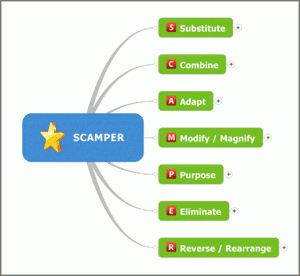 Paul Sloane is the author of The Leader’s Guide to Lateral Thinking Skills and The Innovative Leader. He writes, talks and runs workshops on lateral thinking, creativity and the leadership of innovation. Find more information at destination-innovation.com.
Paul Sloane is the author of The Leader’s Guide to Lateral Thinking Skills and The Innovative Leader. He writes, talks and runs workshops on lateral thinking, creativity and the leadership of innovation. Find more information at destination-innovation.com.
Does Open Innovation lead to Faster Growth?
A recent study from the UK Innovation Research centre set out to examine how companies were using open innovation. The report makes a thought-provoking comparison of the innovation styles of companies. It indicates that those companies that are active in open innovation in both giving and receiving ideas achieve higher rates of innovation and of revenue growth.





